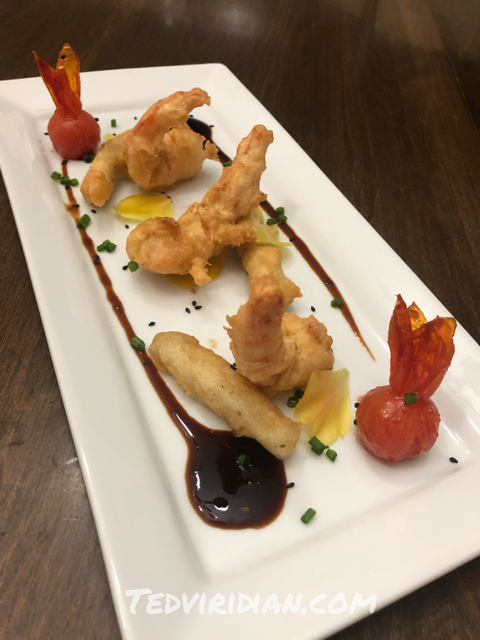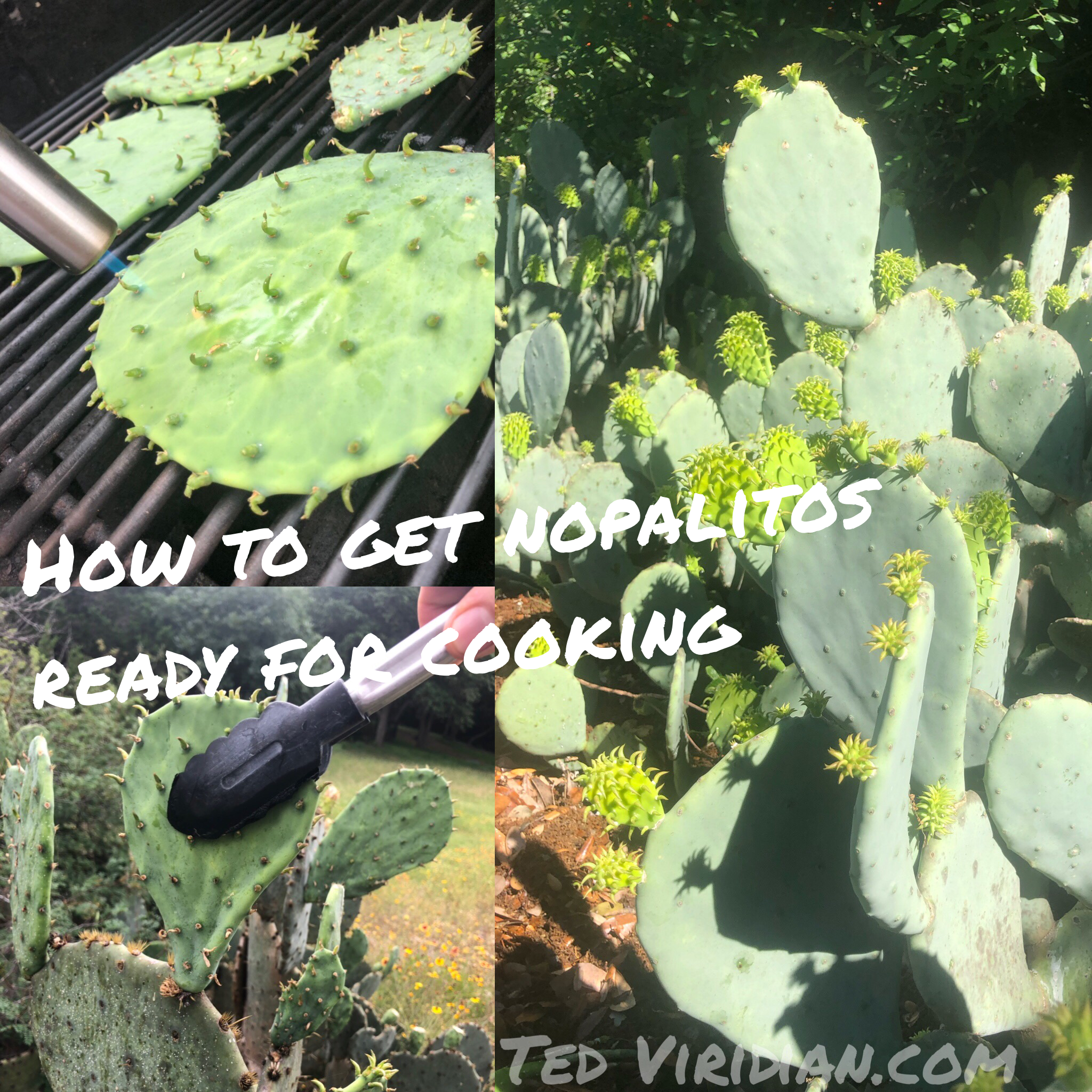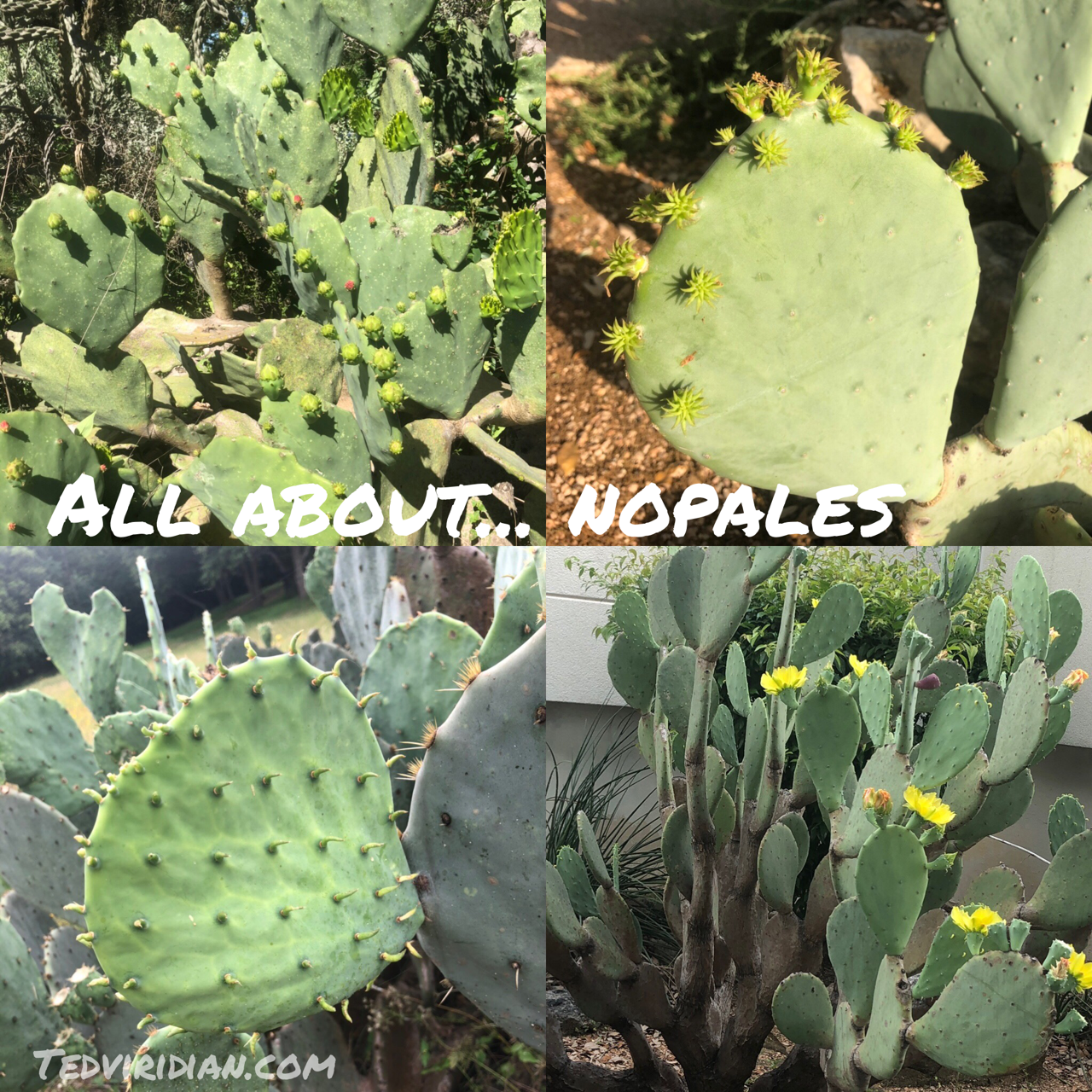Nopalito Tempura
What food isn’t better when it’s fried? Why, none of course! Naturally, this goes for nopalitos as well. Let’s talk history for a minute. Deep fried fritters were introduced to Japan in the 1500’s by Europeans, namely the Portuguese. The Japanese added their own influences to this battering and frying technique thus creating…. (drumroll, please) …


